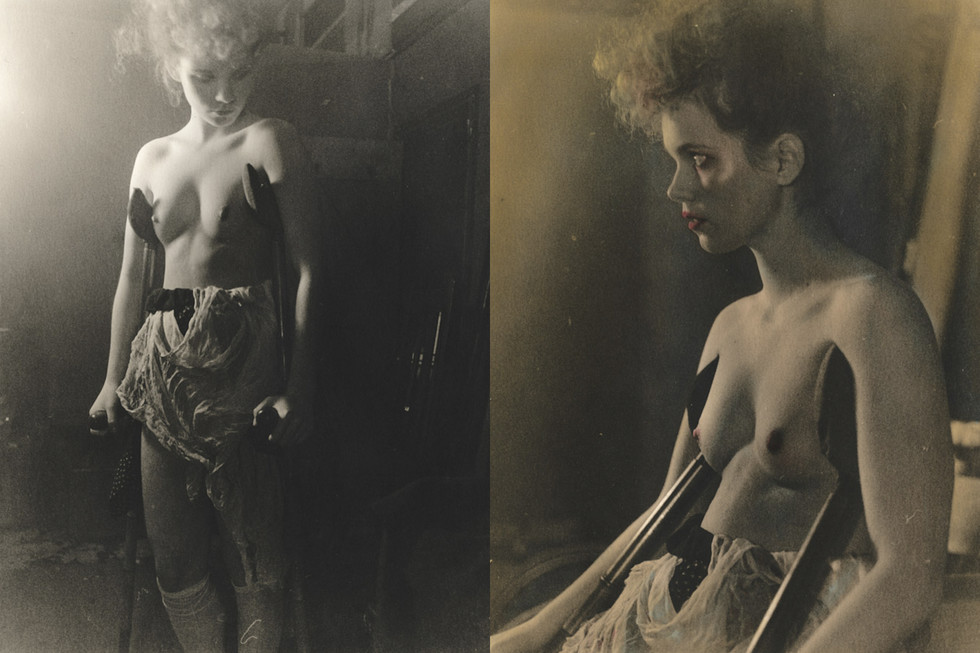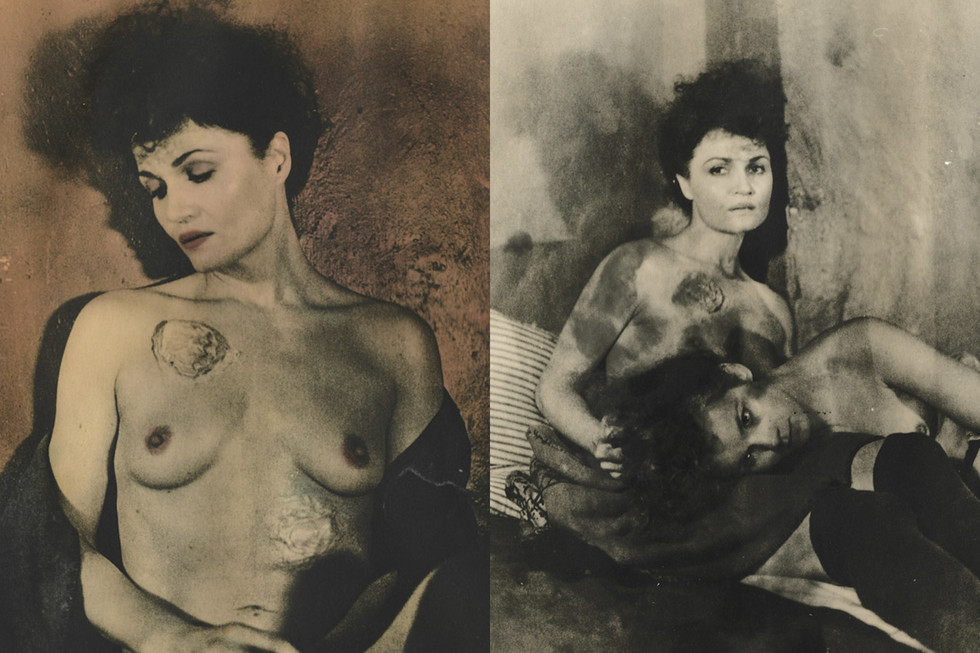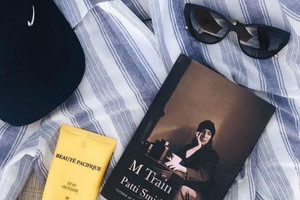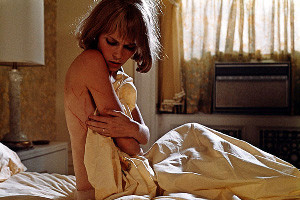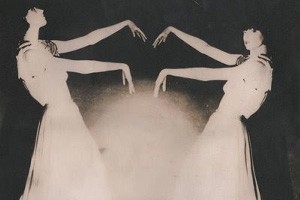Match Girl
Written by Ellen Rogers by Michaela WidergrenSepulchral: A Journey in the Necropolis by Ellen Rogers: 1888
The history of the workers strike most certainly did not start here. In fact the more I look the more it seems apparent that it might even be innate in workers to revolt when exposed to such extreme situations, we are an animal of pack mentality after all. Records of workers striking go back as far as the ancient Egyptians. So this is not anything new. What this story is however, despite its rough start is, well, quite uplifting.
In June 1888, Annie Besant, a young Fleet Street journalist (and spearhead of the striking movement In the Bryant and May Factory), wrote a pivotal article for the newspaper “The Link” entitled “White Slavery in London.” Both women and children worked in the Bryant and May Factory in Bow, London using “White Phosphorous” to make matches. The work itself was arduous to say the least. According to Besant’s 1888 article, they were required to work from 6:30 AM to 8 PM and stood the whole day. The work each day raised the paltry sum of roughly 50p a day in modern money (that is according to my workings out at National Archives). To add further salt to the wound, there were a series of sadistic fines offered to those who made simple mistakes. At the end of Besant first hard hitting article about these women she wrote:
Failing a poet to hold up their conduct to the execration of posterity, enshrined in deathless verse, let us strive to touch their consciences, i.e. their pockets, and let us at least avoid being “partakers of their sins”, by abstaining from using their commodities. Her attempt here to persuade the public from busying these matches worked and gained great attention.
The health of the workers suffered greatly at the hands of these factories. The effects of the “White Phosphorus” itself ranged from “a yellowing of the skin, hair loss, phossy jaw (a form of bone cancer where the whole side of the face turned green and then black, discharging foul-smelling pus and finally death)” to dissentions, growths, tumors and numerous external burns from matches and countless occupational hazards caused by the extreme working conditions.
After Besant published her article in “The Link”, “Bryant and May”, reacted by attempting to force their workers to sign a statement that they were happy with their working conditions. When a group of women refused to sign, the organizers of the group was sacked. The response was immediate; 1400 of the women at Bryant & May went on strike. William Stead, the editor of the Pall Mall Gazette, Henry Hyde Champion of the Labour Elector and Catharine Booth of the Salvation Army joined Besant in her campaign for better working conditions in the factory. So also did Sydney Oliver, Stewart Headlam, Hubert Bland, Graham Wallas and George Bernard Shaw. However, other newspapers such as The Times, blamed Besant and other socialist agitators for the dispute.
Annie Besant, William Stead and Henry Hyde Champion used their newspapers to call for a boycott of Bryant & May matches. The women at the company also decided to form a Matchgirls’ Union and Besant agreed to become its leader. After three weeks the company announced that it was willing to re-employ the dismissed women and would also bring an end to the fines system. The women accepted the terms and returned in triumph. The Bryant & May dispute was the first strike by unorganized workers to gain national publicity. It was also successful at helped to inspire the formation of unions all over the country.
My homage here is the women who suffered at the hands of their employers, whilst researching this article I could not find any images of the injured women other than one image of a small group of protestors. My attempt here is reconstruct as accurately as I can what it would have looked like in the hospital ward 1888, I admit it is not without my poetic licence.
Sources are John Romer, Ancient Lives; the story of the Pharaoh’s Tombmakers. London: Phoenix Press, 1984, pp. 116-123. See also E.F. Wente, “A letter of complaint to the Vizier To”, in Journal of Near Eastern, Mernick, and Spartacus.



